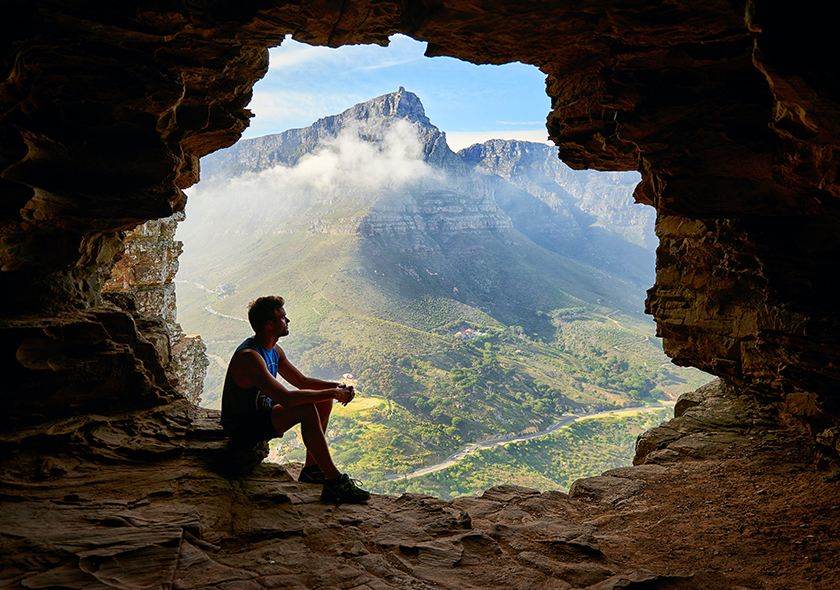Serengeti Great Wildebeest Migration: A Complete Guide to Nature’s Grandest Show

Serengeti Great Wildebeest Migration: A Complete Guide to Nature’s Grandest Show
The Serengeti Great Wildebeest Migration isn’t any ordinary safari sight; it’s a spectacular, enduring motion of life and dying and rebirth that sweeps across East Africa. And it attracts nature enthusiasts, photographers, and adventurers from around the world. If seeing the difficult, harsh theatre of the wild is on the pinnacle of your schedule, then examine directly to discover why a migration safari ought to be at the very top of your tour itinerary.
Over 1.5 million wildebeest are accompanied by hundreds of thousands of zebras and gazelles that travel in a clockwise circuit between Serengeti National Park in Tanzania and the Masai Mara in Kenya. The migration is ruled by the rainy seasons and the availability of green grazing areas and is one of the planet’s greatest natural wonders.
This isn’t just a migration—it’s a survival story. Predators lurk, rivers rage, and weather shapes the path of the herds. It’s where the cycle of life unfolds in real-time.
The migration is a continuous cycle, so there is no absolute beginning. But the majority consider January the beginning once the southern Serengeti starts its period of calving. This is the time that half a million newborn calves come and there is much activity as the predators congregate behind the herds.
Most migration is inside the Serengeti National Park in Tanzania and the surrounding area. You are able to view various components of the migration at some stage in the 12 months in Tanzania, ranging from the southern calving to the dramatic river crossings in the north.
The classic time depends on the experience you’re after:
- Calving Season (Jan–Mar): Experience thousands of births and aggressive predator activity.
- Grumeti River Crossings (Jun–Jul): Witness wildebeest rush into crocodile‑infested water.
- Return Migration (Nov–Dec): Herds move back into the southern Serengeti. Feel the thrill with a front-row seat with the assistance of veteran guides who will bring you into the herds and the most thrilling interactions.
January – February – March
In the Ngorongoro Conservation Area and the fertile plains of southern Serengeti, the wildebeest calf at a rate of around 8,000 a day. This is also the bird-watchers’ season when the migrant bird community fills the sky.
April – May
As the rains begin, the herds move north. The scenery is greener, and the pace is slower. These months offer a quieter safari experience with fewer crowds and plenty of grazing action.
June – July
The migration reaches the western Serengeti, and the Grumeti River crossings begin. These are heart-pounding moments, with wildebeest risking everything to reach greener pastures.
August – September – October
When migrations reach Kenya’s Masai Mara, the vast herds gather at the mighty Mara River—hesitating on its banks before launching into the treacherous currents, braving crocodile-infested waters in a dramatic and life‑or‑death crossing. Predator encounters are frequent. Some herds remain in the northern Serengeti, allowing great sightings on both sides of the border.
Though not part of the migration route, Mount Kilimanjaro is a must-visit. After your migration safari, consider staying in scenic tented camps near Kilimanjaro.
For a more local feel, try guesthouses or homestays around Mount Meru and Kilimanjaro. It’s a chance to connect with the culture and relax after thrilling safari days.
1. Maasai Cultural Immersion
Spend a day with the Maasai: experience their traditions, join their vibrant dances, and learn their customs firsthand. A cultural tour brings your safari to life.
2. Mount Kilimanjaro Adventure
Trek the foothills or summit Africa’s highest peak if you’re up for a challenge. It’s a rewarding add-on to your safari adventure.
3. Serengeti Safari Experience
Pair the migration with a classic Tanzania safari. Add luxury, comfort, and exclusive camps for a once-in-a-lifetime experience.
The Serengeti Great Wildebeest Migration is more than just a journey to revel in. It’s an existence-converting journey via several of Africa’s most iconic landscapes. Whether you’re drawn by the size of the wildebeest migration, the depth of river crossings, or the richness of flora and fauna abundance, this spectacle offers something for every form of tourist.
Guided by a professional, your safari will become a story—one in which every moment counts. Add to the tradition, the mountains, and the uncooked splendor of Tanzania, and you have an unforgettable escape.
And whilst you’re making plans, don’t forget to take a Tanzania photograph safari to capture every magical moment.




